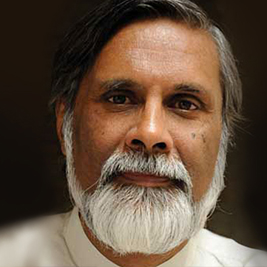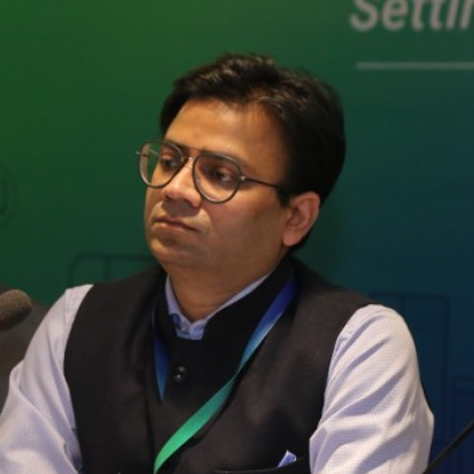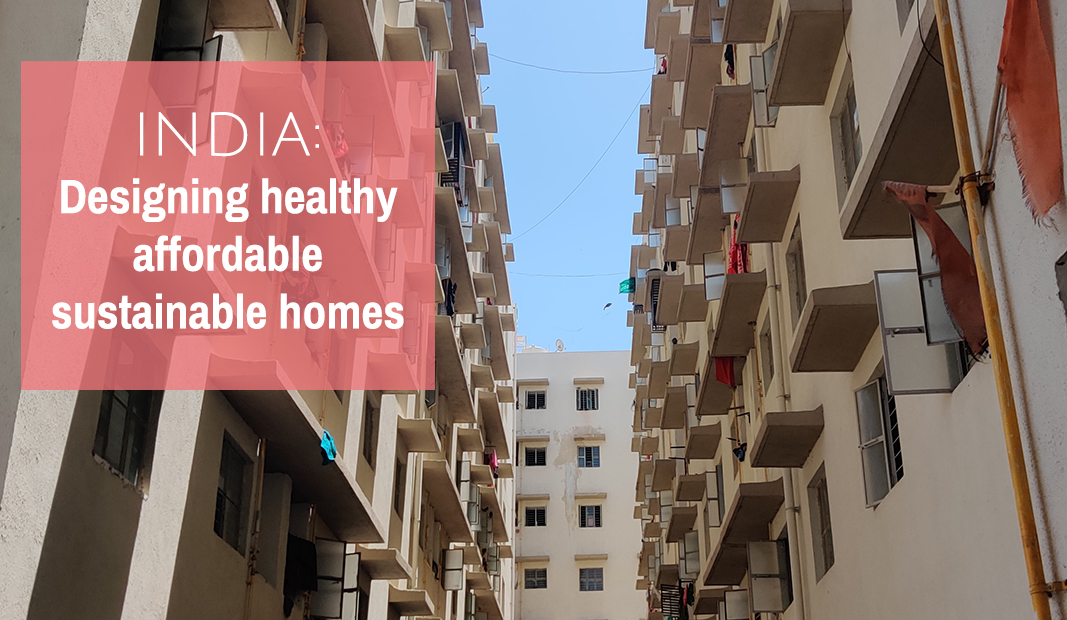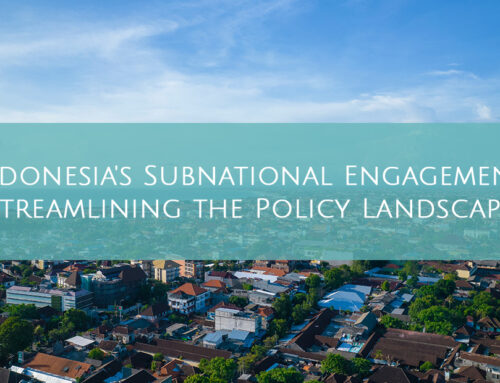Designing buildings to be resilient to changing climate will make them more livable for people too, according to GBPN. In 2022, the organisation managed a major research project to explore better ways to design and build healthy affordable sustainable homes with a focus on gender-specific needs.
The insights gained will be provided to the Indian Government to help inform positive changes to the National Buildings Code when it is next reviewed in 2025. In the interim, the team will engage with key government stakeholders to seek immediate opportunities to feed into discussions informing potential amendments.
 GBPN’s Senior Advisor, India, Gautam Nagar, said the project findings were intended to support improved standards in indoor and outdoor environmental quality, especially for poorer communities living in affordable housing developments.
GBPN’s Senior Advisor, India, Gautam Nagar, said the project findings were intended to support improved standards in indoor and outdoor environmental quality, especially for poorer communities living in affordable housing developments.
“We already have some evidence to demonstrate that sustainable buildings have benefits for the health of residents as well as the environment, so we will be incorporating that research into this activity,’ Mr Nagar said.
“The first task is to create the criteria to define what a healthy building is. We have some clarity about what this means for offices but not for homes.
“Offices have air purifiers and cooling but since Covid, many people have been working from home. We know that low-cost homes may not be so well equipped and people may choose not to run air conditioners, even if they have them, because it’s not affordable.”
The second task included community consultations and a review of the existing building code to identify key gaps. Mr Nagar said GBPN was engaging local expert partners to support delivery.
“We have been working with Ashok B Lall Architects, who have over 20 years’ experience designing affordable and thermally comfortable housing in India, and IIPH – Gandhinagar, an organisation that has worked on several research projects on how climate change impacts health in urban areas of Gujarat. Together, they have defined the criteria. We are now reviewing the existing regulations and guidelines to see where the gaps are.”
Ms Kriti Agarwal, Founder and CEO of the Centre for Empathic Urbanism, will lead a team consulting directly with residents and conducting an analysis of existing housing challenges. 
“We will be talking to men and women, as well as groups of people of a variety of ages – including the elderly and teens – to understand their unique challenges and needs,’ she said.
“We know, for example, that women living in affordable housing may not have appropriate toilet facilities or even access to proper menstrual products, so we will be speaking to women separately about their comfort and hygiene needs with regard to menstruation,” she said.
“Kitchens and bathrooms in affordable housing may also lack ventilation – such as exhausts in the kitchen and toilet – and natural airflow from windows. Cooking is largely done by women and is an ongoing activity resulting in them being next to a heat source for a major part of the day.
“A lot of the men are working outdoors in the heat for eight to ten hours a day, so they have very particular needs when it comes to household comfort, space and cooling.”
Affordable for residents – and developers
Mr Nagar said part of the challenge was supporting developers to see that sustainable design doesn’t have to cost more, it can actually cost less.
“Developers in India are often very supportive of sustainable building principles but there is a perception that it’s elite and expensive and going to require a lot of special adaptations to make it work,’ Mr Nagar said.
‘The reality is, there are lots of very simple adjustments that can be made at the design stage to make a building more sustainable and more energy efficient. For example, adjusting the size and placement of windows or doors to let in more natural light and considering the orientation of buildings and windows to take advantage of airflow and breezes and avoid direct afternoon sunlight.
“A big part of it is simply starting with the intention to consider sustainability at the start of the process.”
Mr Ashok Lall, the architect on the project, agreed.
“One of the great benefits is that the financial side is usually not difficult to sell because when you use sustainable design strategically, the buildings become more affordable across virtually all metrics with the exception of on-site treatment and re-use of water,” he said.
“That’s because we’re taking into account all sorts of factors, from resource efficiency, to low carbon materials and transport.”
 Mr Lall added that understanding human behaviour was an important consideration when it came to delivering truly sustainable buildings.
Mr Lall added that understanding human behaviour was an important consideration when it came to delivering truly sustainable buildings.
“You have to consider the environment and the way people live in them in a very holistic way – thinking about everything from their physical health to their psychological wellbeing,’ Mr Lall said.
“If you don’t you’ll miss something important about how they will use the space that will completely undermine even the best sustainable design.
“For example, we know well placed windows provide natural lighting and ventilation and help regulate comfortable air temperatures. But we also know that people close the windows because of dust, pests, noise, moisture, poor quality views or fears about safety and security.
“If they close their windows, they will turn on their lights and may resort to air conditioning and suddenly the carbon footprint of that building increases dramatically and any sustainable design benefits are overridden by human behaviour.
“This is why, in this project, we are starting with understanding human behaviour and lifestyle to guide the bye-laws and not vice-versa.”
He said ways to help overcome this included considering security and ensuring that the ‘neighbourhood design’ was appropriate.
“You can do things like provide outdoor comfort through shade trees, soft surfaces and suitably designed common areas that provide a sense of community and make people feel safe. All of these things should be included in the guidelines.”
Positively impacting the future building policy of India
Mr Nagar said the timing of this project is especially important because in 2025, India will be releasing an update to its National Building Code. Discussions relating to amendments will begin as early as this year with the Bureau of Indian standards.
“This update represents a huge opportunity to make meaningful change to the way developers think about and approach building design in India,’ Mr Nagar said.
“Our goal is for the findings of our research to be incorporated into the new guidelines. These are updated around once per decade, so the opportunity to have impact on this scale does not come along very often.
“We expect that 40% of India’s population will be urban by 2030 – which is a huge increase from the current 30%. This means there will be a huge spike in demand for infrastructure and housing. If we act now, we have an opportunity to make sure that the new housing is sustainable, reducing the burden of carbon emissions so we can keep global warming at or below 2%.”
GBPN assembled a group of experts to support a peer-review of the recommendations, Mr Nagar said.
‘We were keen to tap into Indian expertise from the buildings sector and public health sector to help shape the recommendations. We took a very collaborative approach, using GBPN’s coalition methodology and worked together to ensure the recommendations were practical and evidence-based.’
It is hoped the recommendations will be adopted as part of the 2025 code review.
Experts who participated in the peer review process

Anukriti Pathak
Project Manager-Urban Planning, Pradhan Mantri Awas Yojana-Urban (PMU), Ministry of Housing and Urban Affairs, Government of India

Tarun Garg
Formerly Programme Lead (Buildings), Alliance for an Energy-Efficient Economy

Dr. Poornima Prabhakaran MBBS MSc PhD
Head-Environmental Health & Additional Professor, Deputy Director, Centre for Environmental Health, Public Health Foundation of India, Senior Research Scientist, Centre for Chronic Disease Control

Mr. Gaurav Pershad
Architect, IGBC Health And Well Being

Pooja Shukla
LEED AP, WELL AP, USGBC Faculty, Senior Director-Technical Development GBCI India
Share This Story, Choose Your Platform!
Stay in touch with how we’re transforming the buildings sector
GBPN runs innovative building policy reform programs in key regions around the world that aim to tackle the climate emergency by decarbonising the buildings sector. Stay up to date with our newsletter.
Stay in touch with how we’re transforming the buildings sector
GBPN runs innovative building policy reform programs in key regions around the world that aim to tackle the climate emergency by decarbonising the buildings sector. Stay up to date with our newsletter.







